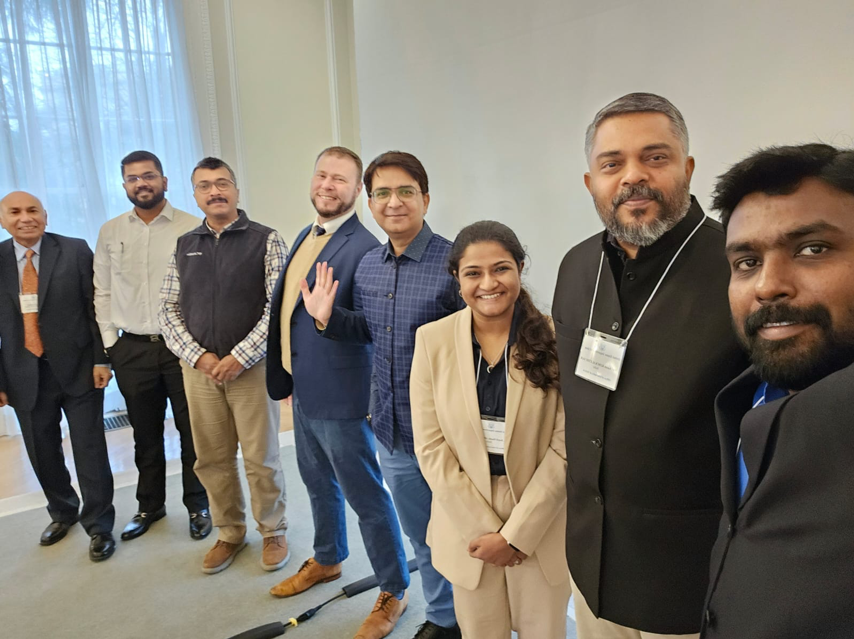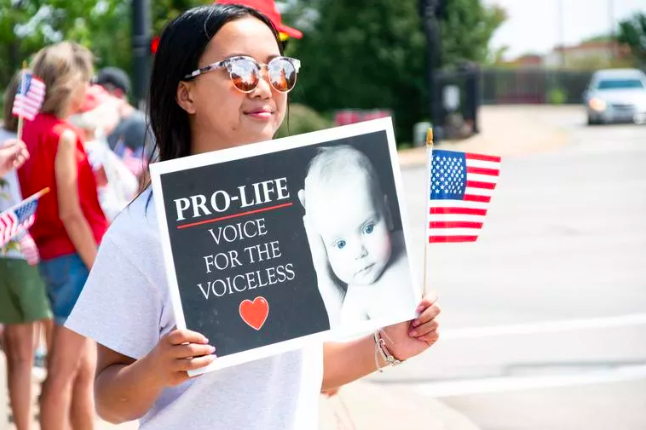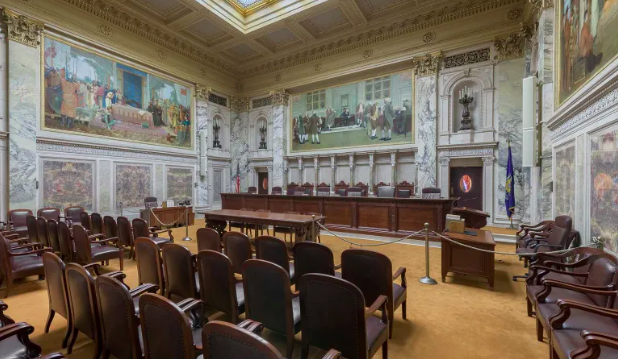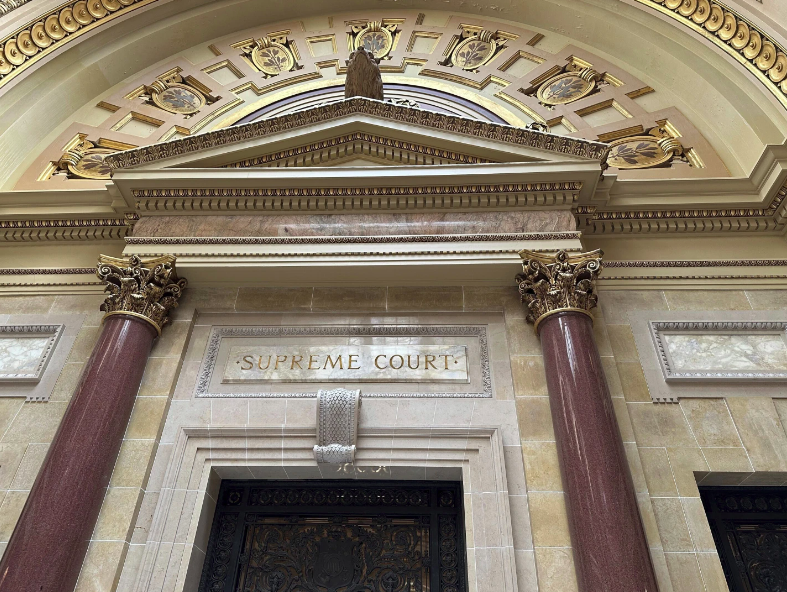On October 8-9, the Religious Freedom project, together with several sponsors, including the British Council, hosted a public dialogue on religious freedom policy and opportunities for transatlantic cooperation on this issue. However, differences among Western democracies are significant. These blog entries further explore this issue, and they also discuss the state of religious freedom in countries that are often the targets of the West’s policies.
By: Mun’im Sirry
The church destruction in Aceh Singkil on October 13, 2015, by a mob of around 1,000 people left one person dead and contibuted to the already long list of violence at places of worship in Indonesia. Three months earlier, on July 17, 2015, a mosque in Tolikara, Papua, was burned down on the day of the Muslim celebration of Eid al-Adha. The two incidents may have no correlation; however, they reflect broader obstacles to peaceful coexistence in post-reform Indonesia. Each of these incidents involved specific problems peculiar to each region.
In both cases, rumors and threats of attack were widespread days before the incidents, butintelligence agencies failed to act decisively, which reflects the inability and unwillingness of local security forces to prevent the occurrence of such tragedy. In the case of the church burning in Aceh Singkil, the mob demanded that churches built without a proper permit be demolished. This short piece discusses broader problems concerning religious freedom in Indonesia as regulated by the state. Most cases involving church burning and destruction were caused by such issues over authorization as the need to obtain a construction permit from the local government.
The state regulation concerning a permit to build a place of worship was first introduced in 1969 by president Suharto and revised in 2006 during the Susilo Bambang Yudhoyono administration. For the purpose of maintaining inter-religious harmony (kerukunan umat beragama), the state manages and regulates religion in public life, which radical groups use to assert their vision of public morality and piety. Throughout the history of the nation, the state has never ceased to get involved in regulating and managing religion. The 1965 law on the defamation of religion (“blasphemy law”) can tell us something about the extent to which the state ventures to define what constitutes an “acceptable” religion. Article 1 contains a prohibition on publicly interpreting a religion or conducting religious activities which deviate from the tenets of one of the six recognized religions (Islam, Protestantism, Catholicism, Hinduism, Buddhism, and Confucianism).
In 2006, the Minister of Religion and the Minister of Home Affairs issued the Joint Ministerial Regulation on Places of Worship, stipulating procedures for building a place of worship. While the 1969 regulation gives the local government the sole authority to issue a permit to construct a place of worship, in the revised 2006 regulation the construction permit is no longer issued by the local government alone but involves representatives from various religious communities. Therefore, the government established a special body to deal with issues of building places of worship, known as the inter-religious harmony forum (Forum Kerukunan Umat Beragama or FKUB). The FKUB is a council where representatives from different religious communities and the government collaborate to ensure and maintain religious harmony at the local level, including the procedure and permit to build a place of worship.
There is no question that FKUB has limitations; and, in fact, the very intention of its establishment has been questioned. Even the law regulating the building of a place of worship has been challenged on several fronts. First, the regulation wrongly assumes that state interference is the key to religious tolerance. Second, many have argued that this regulation is contradictory to the Indonesian constitution and fundamental principles of freedom of religion, which is a basic human right that should not be subject to state intervention. Third, the regulation can be seen as evidence of the institutionalization of religious conservatism. It is hardly surprising that conservative and radical Islamist groups frequently refer to this regulation to justify and perpetuate violent attacks not only on the places of worship of religious minorities but also against those who advocate religious freedom and pluralist coexistence.
One may argue, as has often been said, that radicals are small in number. However, no one can dispute that they have been able to exercise an influence in public life far greater than their number in society. In contemporary, democratic Indonesia the greater portion of violence and attacks on churches has been carried out not by the state but by Muslim militias determined to promote their own vision of state-religion relation.
For religious freedom to have bigger impacts on reducing violence and supporting social stability, not only does the state regulation on the construction of places of worship have to be aligned with the religious freedom provision in the constitution, but also Indonesian authorities must be willing to act decisively whenever a violation of religious freedom occurs. Many studies have shown that the perpetrators of church vandalism and destruction were those who used symbols relating to Islam or who acted in the name of the Muslim community. The government has been slow to respond for fear of being accused of violating Islamists’ human rights. The political establishment as a whole seems reluctant to put some pressure on Islamist radical groups because it wants to avoid being perceived as anti-Islam.
The biggest concern, for me, is the increasing intolerance among Indonesian Muslims toward the building of places of worship of religious minorities. The result of an LSI (Lembaga Survei Indonesia) survey conducted in 2011 reveals a striking phenomenon: Indonesian Muslims are highly tolerant toward non-Muslims, but not to their places of worship. Among the members of NU and Muhammadiyah, the two largest Muslim organizations generally regarded as the vanguard of moderate Islam, only 29.2% of NU respondents and 30% of Muhammadiyah respondents object to non-Muslims moving into their neighborhood, which reflects a remarkable level of tolerance toward non-Muslims, commensurate with national averages in similar polls. However, levels of intolerance spike when it comes to the question of building a place of worship: 63.3% of NU members and 75.6% of Muhammadiyah members object to having a non-Muslim place of worship in their neighborhood. This percentage is significantly higher than the national average, which is 52% as shown in the LSI survey conducted in 2010.
This doesn’t mean, however, that a high level of intolerance explains the intensity and extensity of church burning and destruction. When several churches were under threat by radical groups before Christmas celebrations, then chairperson of Muhammadiyah, Din Syamsuddin, offered up Muhammadiyah offices, schools, and buildings across the country to be used by Christians in the event that their churches were closed or they did not feel safe there. In response to the incident in Aceh Singkil, NU, and Muhammadiyah leadership at both national and local levels in Aceh condemned the violence, saying that burning down a house of worship cannot be tolerated, no matter the reason. While they regretted that the government was incapable to anticipate the incident, they also urged the police to bring the perpetrators to justice and to prevent further violence.
Of course, this message must be conveyed and translated to the grassroots level to strengthen inter-religious collaborations for peaceful coexistence and to prevent the recurring of incidents in Aceh Singkil and other places.
Mun’im Sirry is an assistant professor of Theology at the University of Notre Dame and scholar with the Contending Modernities Initiative at the Kroc Institute for International Peace Studies.
This piece was originally authored on October 22, 2015 for the Religious Freedom Project at Ge
orgetown’s Berkley Center for Religion, Peace, and World Affairs.
THE RFI BLOG

How Soccer Reveals Different Meanings Of ‘Secular’ In France And The US

RFI’s Ismail Royer Meets with Delegation from India

Protecting the Unborn, Mothers, and Medical Ethics: The Stakes of Arkansas’ Amendment

Wisconsin Supreme Court Punishes Catholic Charities for Serving Everyone

Wisconsin Supreme Court Decision Truncates Religion
CORNERSTONE FORUM

Public Bioethics & the Failure of Expressive Individualism

Religious Liberty in American Higher Education

Scotland’s Kate Forbes and the March of Secularism

70 Years of Religious Freedom in Sweden: Prospects and Challenges


